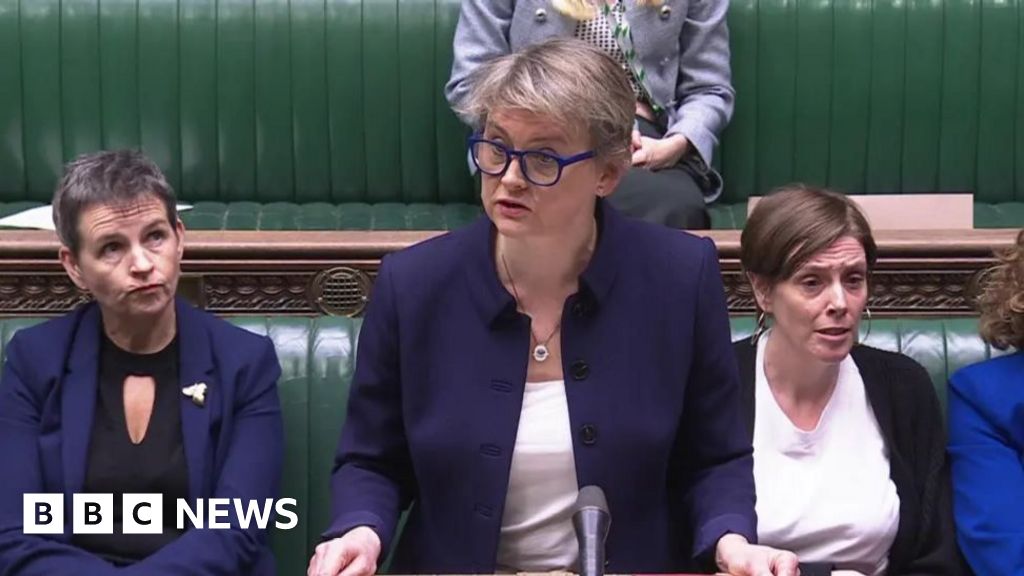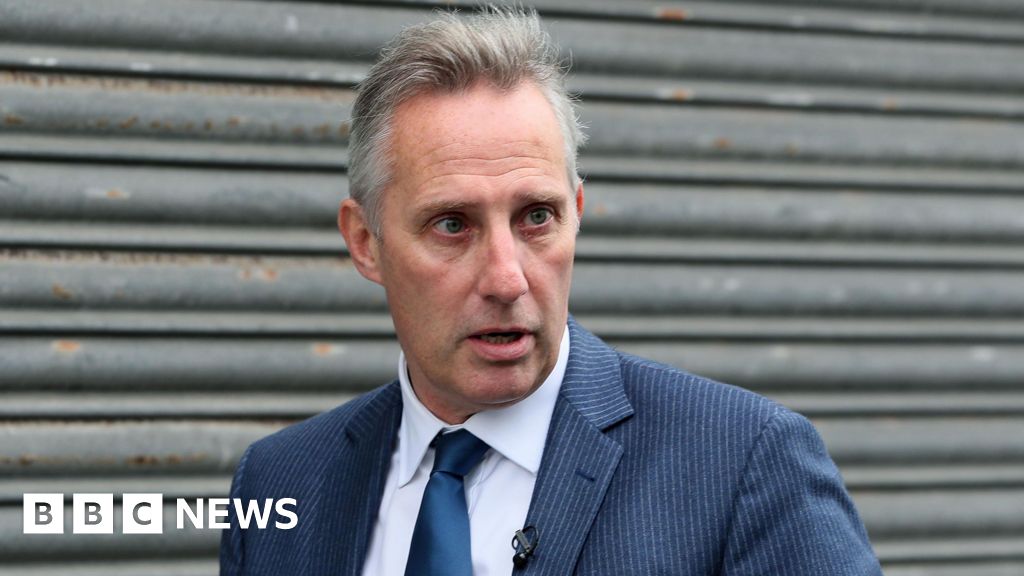ARTICLE AD BOX
By Nick Eardley & Paul Seddon
BBC News
image source, Getty Images
The UK government department overseeing the phasing out of diesel cars still relies on them for its own fleet.
Figures obtained by the BBC show the Department for Transport operates 1,234 cars - 672 run on diesel, 63 on petrol, with the rest electric or hybrid.
The sale of new diesel and petrol cars is to be banned from 2030, under plans to tackle climate change.
The department said it was committed to switching to greener vehicles.
A spokesperson added it had "already exceeded" a government-wide target to electrify more than a quarter of its fleet by next year.
But a campaign group said the government should lead by example - and the figures would make it harder to persuade the public to switch vehicles.
Figures obtained under the Freedom of Information Act show the DfT and the four executive agencies it oversees had 1,234 vehicles as of last month.
In total 54% of the DfT's own fleet runs on diesel, rising to just under 60% once petrol vehicles are included.
The figures show 29% of the vehicles were plug-in electric hybrids, a further 9% were so-called mild hybrids, and 3% were electric-only.
Ministerial rides
Most of the vehicles - 970 - were operated by the Driver and Vehicle Standards Agency, responsible for driving tests and lorry and bus safety.
The highest proportion of diesel vehicles was owned by the Maritime and Coastguard Agency, where 84% run on the fuel.
The department itself operates 112 cars, including 96 to transport ministers and civil servants from across government on official duties.
Among this central pool of ministerial motors, just 15% were diesel, with about 30% petrol, 27% hybrid and 29% fully electric.
image source, Reuters
image captionTransport Secretary Grant Shapps arrived in Downing Street by official car during Wednesday's cabinet reshuffleAlongside the business department, the DfT is responsible for the Office for Zero Emission Vehicles, a unit that promotes greener vehicles.
Ministers' driving habits were thrust into the spotlight recently, after Alok Sharma, who is in charge of November's COP 26 climate summit, admitted he was yet to swap his own diesel car for an electric alternative.
The government is under pressure to burnish its green credentials ahead of the conference, which is being hosted in Glasgow.
It has set a target to make all its 40,000 or so cars and vans electric by 2027, and electrify at least a quarter of the central government fleet by next year.
'Lead by example'
A DfT spokesperson said its combined 31% figure for plug-in hybrids and electric-only cars showed it had "already exceeded" the 2022 target.
They added the department was "committed to transitioning to cleaner, greener vehicles" in line with government targets.
But the Campaign for Better Transport said the figures obtained by the BBC showed an "obvious inconsistency" with its drive to phase out diesel and petrol cars more widely.
Former Lib Dem transport minister Norman Baker, who is part of the group, said: "The government needs to lead by example - this makes it difficult to persuade others."
Hybrid and electric, what's the difference?
- Most hybrids and electric cars are capable of driving on electric energy alone. It's just a matter of battery size
- Hybrid cars have a small battery under the rear seats which stores power as the car comes to a stop. This is done using regenerative braking
- Plug-in hybrids have a slightly larger battery, are quick to charge using a standard power socket and can usually hold enough charge to travel about 30 miles. After this, the conventional petrol engine kicks in
- Both hybrids and plug-in hybrids still need to be filled with petrol or diesel
- Full electric vehicles have huge batteries which make up the whole floor of the vehicle - some can get over 400 miles on a single charge
- "Mild hybrids" have the smallest batteries, and these simply power components in the car that would have otherwise run off the engine
- They don't provide enough power to run the car on electric power alone

 3 years ago
44
3 years ago
44








 English (US) ·
English (US) ·